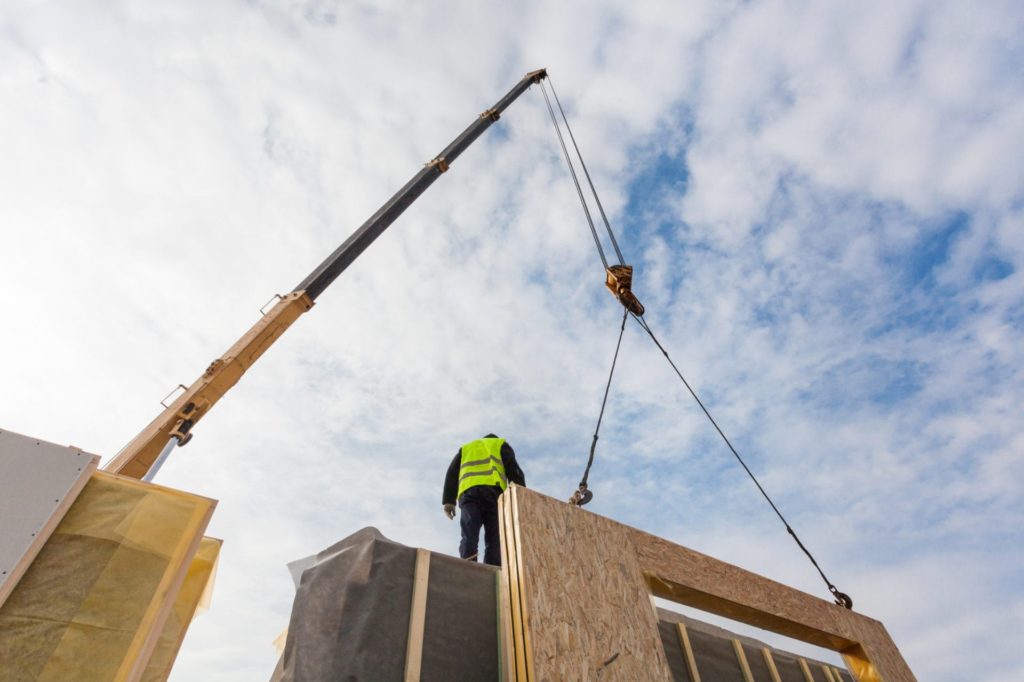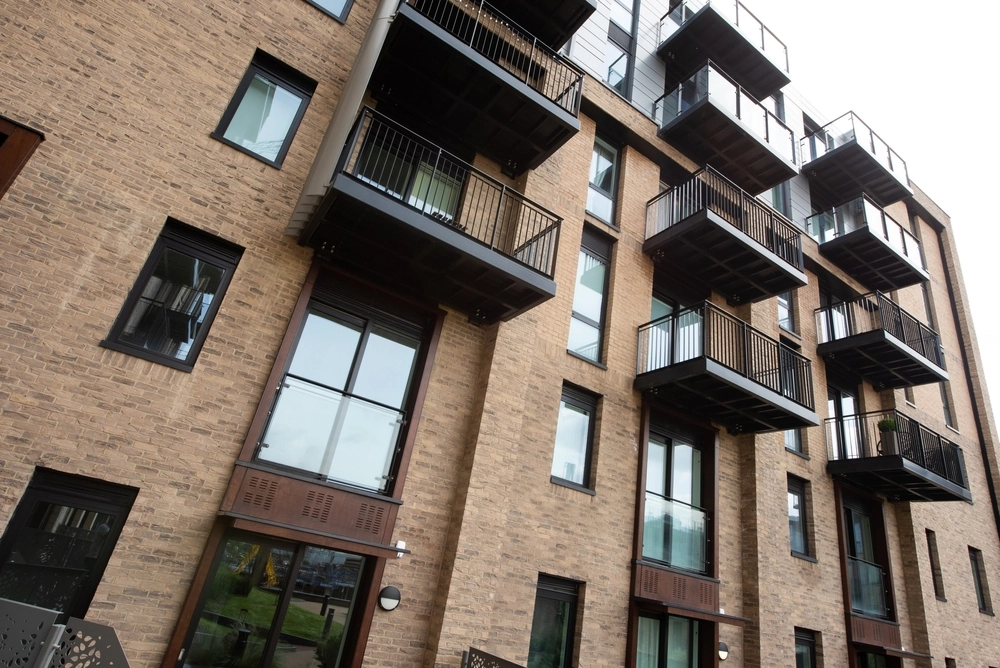
Affordable Housing Sector in 2024: A snapshot of the current social housing development landscape

By Lara Borrett-Lynch, Georgina Massey
22 Jan 2024 | 3 minute read
With a new year underway and a general election looming on the horizon for the latter part of 2024, we explore the challenges currently facing affordable housing clients within the development sector.
Those of us in the sector are aware of the housing crisis and the headlines continue to make for gloomy reading. Changes to the NPFF are being viewed as stifling the delivery of new affordable housing rather than unlocking it. Existing government funding is not being sufficiently utilised, and we are lacking the much-needed supply of good quality, affordable homes.
Following a successful 2023 for many of our affordable housing clients, 2024 is bringing a set of challenges to the table for the sector. Key challenges are:
Economic
The current economic backdrop is seeing many Registered Providers taking stock of their strategic plan periods and reviewing delivery forecasts and where needed securing further financial support. Tightening belts where appropriate to ensure financial ratings from the Regulator of Social Housing are maintained, ensuring financial stability for future investment for existing and new housing stock.
Supply
The output of new homes continues to be affected by the same fundamental issues affecting delivery, from planning constraints (lack of resources at local planning authorities), nutrient neutrality, biodiversity net gain thresholds through to the general lack of supply of suitable land for development, and a declining housing market.
Further constraints through the planning system include the short-term view of some local authorities who are reluctant to consider further affordable housing proposals, where their current supply pipelines have been met.
Changing requirements
Whilst it is important for living and safety standards to improve, these inevitably impact the viability of potential schemes or delay existing transactions and the ability to deliver new schemes. Registered Providers are getting to grips with the changes deriving from the Building Safety Act, bio-diversity net gain thresholds (some local authorities requiring 25% gains in contrast to the 10% minimum required), energy efficiency improvements through the Future Homes Standard and Future Building Standard and continued to be stifled in many areas by nutrient neutrality constraints.
Whilst looking out on the 2024 landscape, it may appear to be challenging for the affordable housing sector, but opportunities are out there for intrepid Registered Providers.
Public sentiment is putting the lack of supply of good quality affordable housing higher on the agenda for the upcoming election, as demonstrated by the Housing Forums Manifesto for Housing 2024. This is a topic the next government will not be able to ignore.
The delivery of new physical infrastructure to support new and existing communities is needed to make more land available for housing, highlighting the importance of local authorities needing to step up and utilise available funding through schemes such as the Housing Infrastructure Fund and Levelling Up Fund. Combined with exploring partnerships working with Developers, this should present further opportunities for Registered Providers to acquire affordable housing in communities where supply has been lacking to date.
Further, the changes to the NPFF present opportunities for the supply of affordable housing in the future, particularly where greater support is given for community led development where sites are not suitable as rural exception sites. This drives the requirement for Registered Providers to liaise with the local community to garner support for more affordable housing in locations where it is most needed.
Where Registered Providers are deciding to focus on development as a "nice to have", this time opens up opportunities to focus on improving existing stock for their customers through retrofitting, with energy efficiencies allowing a reduction to their carbon footprint.
Our thoughts
Whilst 2024 may transpire to be a complex environment for the delivery of new homes against the challenges we currently face in the affordable housing sector, opportunities remain for strategic site acquisition and partnership working to secure affordable homes for medium and long-term supplies. With the availability of grant funding, Registered Providers may also find opportunities to acquire "additionality" units in a less competitive bidding market.











